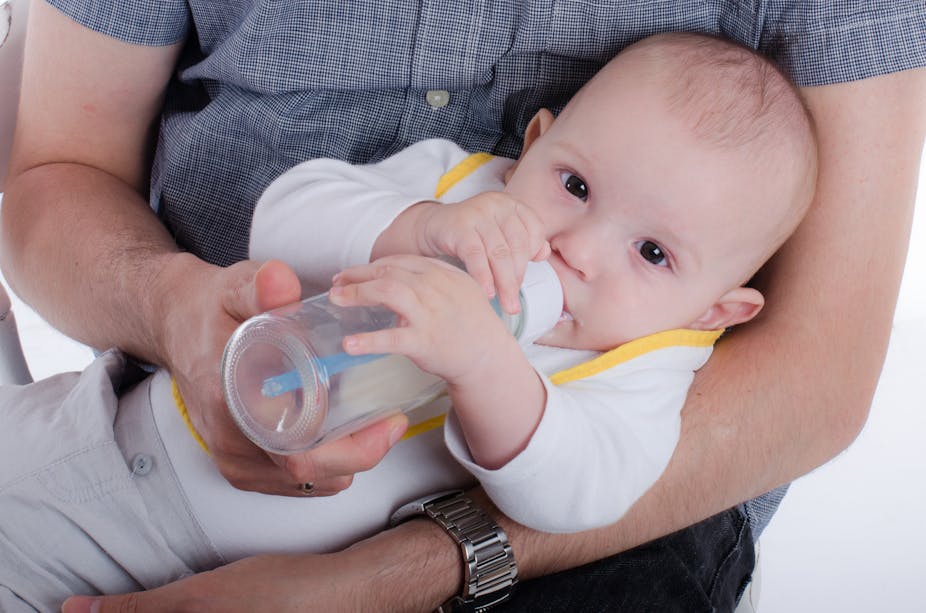From eyes to the gap between the toes, we are covered in bacterial colonies. Between 500 and 1000 unique species live in our gut alone. We provide an ideal environment for bacteria: warmth, moisture, nutrients and protection.
Once the food is mechanically reduced through chewing, bacterial communities in the gut get to work. Right from birth, these have been cultured for specific tasks: some love fats while others prefer complex proteins. It is only through having a range of bacterial species each with their preferred niche that the gut can form manageable nutrients and can synthesise vitamins and enzymes for proper digestion.
And gut bacteria’s function is not limited to just digestion. For example, gut bacteria can communicate with the brain and even prepare body’s defences.
Their function is so important that these gut bacteria can be considered an organ in their own right, one that performs enzymatic food degradation to which, until recently, we have been oblivious. These gut bacteria have been shown to influence emerging lifestyle diseases such as cancer, heart disease and diabetes, other research has also found links in composition of gut bacteria in obese and lean subjects.
Where do gut bacteria come from?
These bacteria are placed in our guts mostly during and just after birth, coming from the mother, the immediate environment and the child’s initial feed. Soon after this period, however, their make-up starts changing a little.
For instance, the mode of birth can make a difference. About 25% of infants born naturally have been shown to acquire vaginal Lactobacilli from the mother. Instead, those born via caesarean section were characterised by other slower colonisation bacteria, such as Bacteroides fragilis and bifidobacteria. Our food also shapes our gut bacteria to some extent and it has been shown that different cultures and their dietary preferences leave clear marks, so much so that gut bacteria can even be used to identify where in the world you are from.
While external factors influence the composition of gut bacterial communities what is unclear is the deciding factors which dictate the species present in the gut. For example, the use of probiotics – beneficial bacteria – show health benefits for various diseases such as inflammatory bowel disease. But the gut bacterial community when changed has a tendency to return to its initial balance of species as soon as probiotics are no longer used.
Children’s guts are colonised early
The key to all of these is the healthy development of the gut. This development occurs during the pregnancy period but continues after birth and is integral in the absorption of nutrients as well as development of the immune system. The gut development starts to increase at a rapid rate in the final two months of pregnancy, which means that infants born prematurely are exposing an underdeveloped gut to the environment.
During the early stages of life a thin barrier protects the host from the environment. This thin lining consists of tissue in the gut. If ruptured, the bacteria can flood into the host’s tissue. The responses to the exposure of new bacteria are not fully understood. However, it has been found that, in early stages of life because the children’s immune system is ill-equipped to deal with new bacteria, it can lead to extreme swelling. The immune system remains active until the host cells start to die off and the gut degrades. This is known as in necrotising enterocolitis – and it can cause death.
This is one reason why understanding the puzzle of what happens in the gut in the early stages of life is important. Now, a new study published in the journal Proceedings of the National Academy of Sciences has added a critical piece to the puzzle. Researchers at Washington University show that even though we are exposed to a wide range of bacterial species from the environment, our gut bacteria don’t change very much later in life. The main criteria that determines the constituent bacteria of the gut are decided by how long baby remained in the womb.
Research such as this is critical to increasing our understanding of gut bacteria. When they have such influence over human health and disease, the more we know the better.

